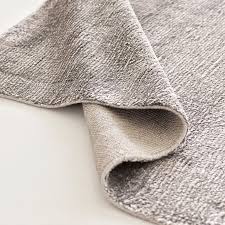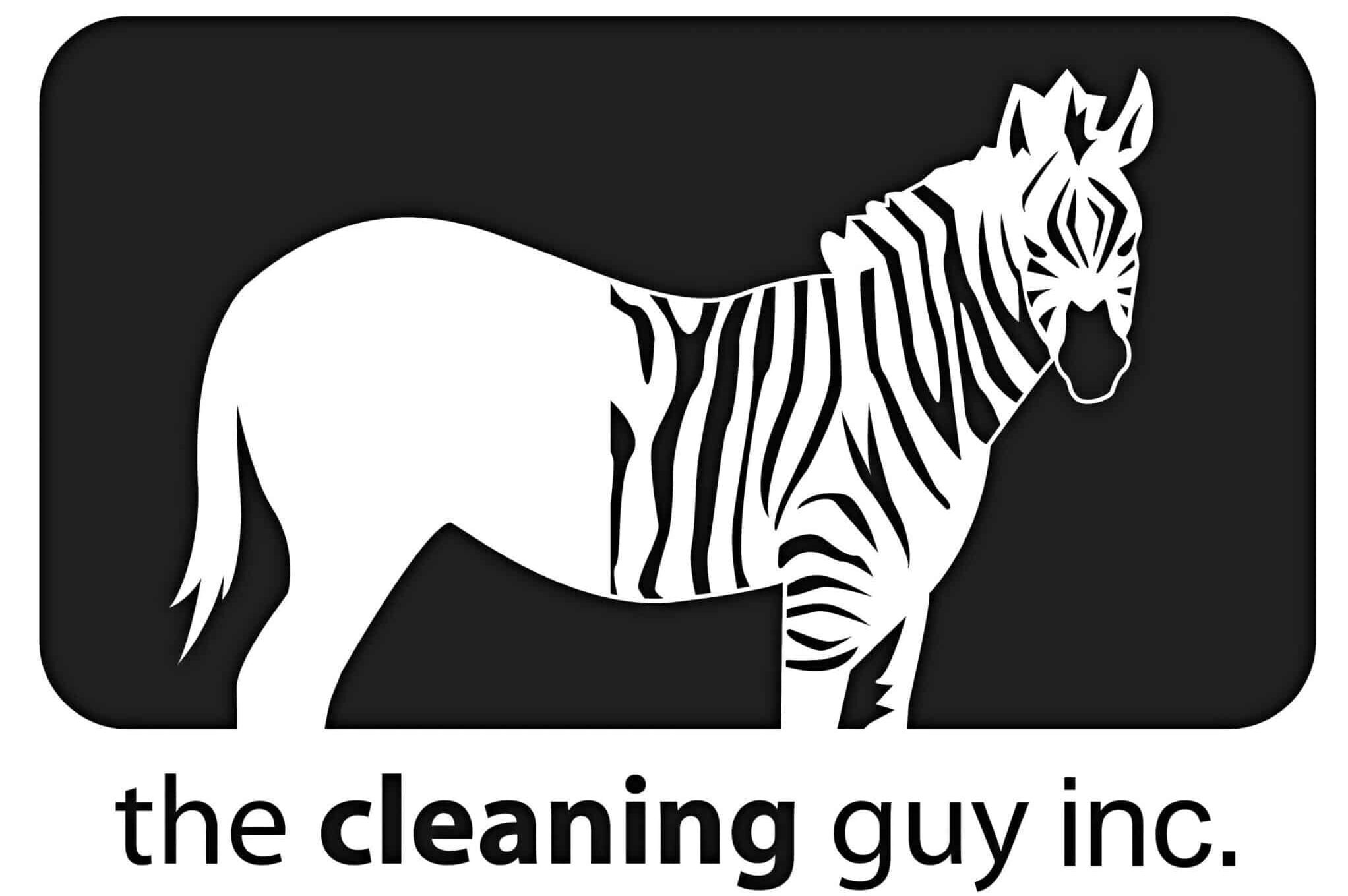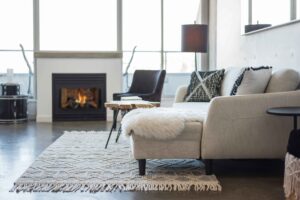What You Need to Know About Viscose…
What is Viscose?
First of all, viscose isn’t 100% synthetic or 100% natural. It’s made of natural fibers that are chemically processed and treated until they can be turned into a beautiful and soft material.
It is very absorbent and often biodegradable. Viscose name is derived from the word viscous, which means that cellulose fibers are changed into this material using a viscous liquid. The result is a fabric that is mostly a blend of natural and synthetic fibers and it’s categorized as a bio-based fabric. Nowadays, viscose can be found in commercial, residential, and even personal use (clothing, paper towels, kitchen sponges, diaper liners, and sanitary products)
Viscose is basically “artificial silk”, but is sold under many names including rayon, man-made silk, art silk, bamboo silk, banana silk, cactus silk, silkette, etc. Based on the appearance and “feel” of the fiber, it is not uncommon for consumers to believe they have actually invested in real silk.

As a professional cleaning & fabric protection company, we deal very closely with the design community as well as fabric manufacturers/ importers and so we have to walk a fine line when it comes to critiquing products that we encounter from a maintenance standpoint. Viscose and all regenerated cellulose fibers have no ability to hide soil. They tend to gray with even light dust in traffic areas, and they turn yellow with even mild moisture from spills. The result is that our clients find themselves looking to us for answers when their beautiful viscose couch or area rug responds poorly to a basic spill or quickly loses its sheen with even moderate use or traffic.
One of the challenges with viscose is that ideally, it should be dry cleaned with low-moisture or solvent cleaning methods to minimize texture change. However, “wet” problems need to be cleaned with “wet” methods. Large spills, water damage, pet accidents, and heavy, ground-in soil all require more than surface cleaning to get better results and remove the contaminants.
With the introduction of viscose into fabrics for furniture, this problem is accentuated because all the areas that accumulate body oils darken, and the friction points along the arms fray and break.
We are finding that most cleaning companies refuse to clean viscose, even though professional cleaning is needed much more frequently for these rugs and furniture. For example, it is not uncommon to see viscose rugs sent in for cleaning several times a year because viscose re-soils faster than any other fiber. People rightfully expect their “luxury” products to clean up luxuriously. Unfortunately, even the most skilled & certified professional cleaners can often only achieve moderate improvements due to the composition of the fiber and its response to stains & wear.
Are we saying never to purchase viscose for your furniture or rug project? No, but we strongly suggest that you limit their use to low-traffic usage applications that will allow you to enjoy the beauty of the fiber without subjecting your rugs or furniture to the risk of damage or advanced wear. There are other, more resilient fibers, that are better suited for the rigors of day-to-day use! We also strongly recommend that all viscose products have a fiber protector like our ZebraSeal product line, applied on day one to give them a fighting chance to outlive their expected lifespan.


